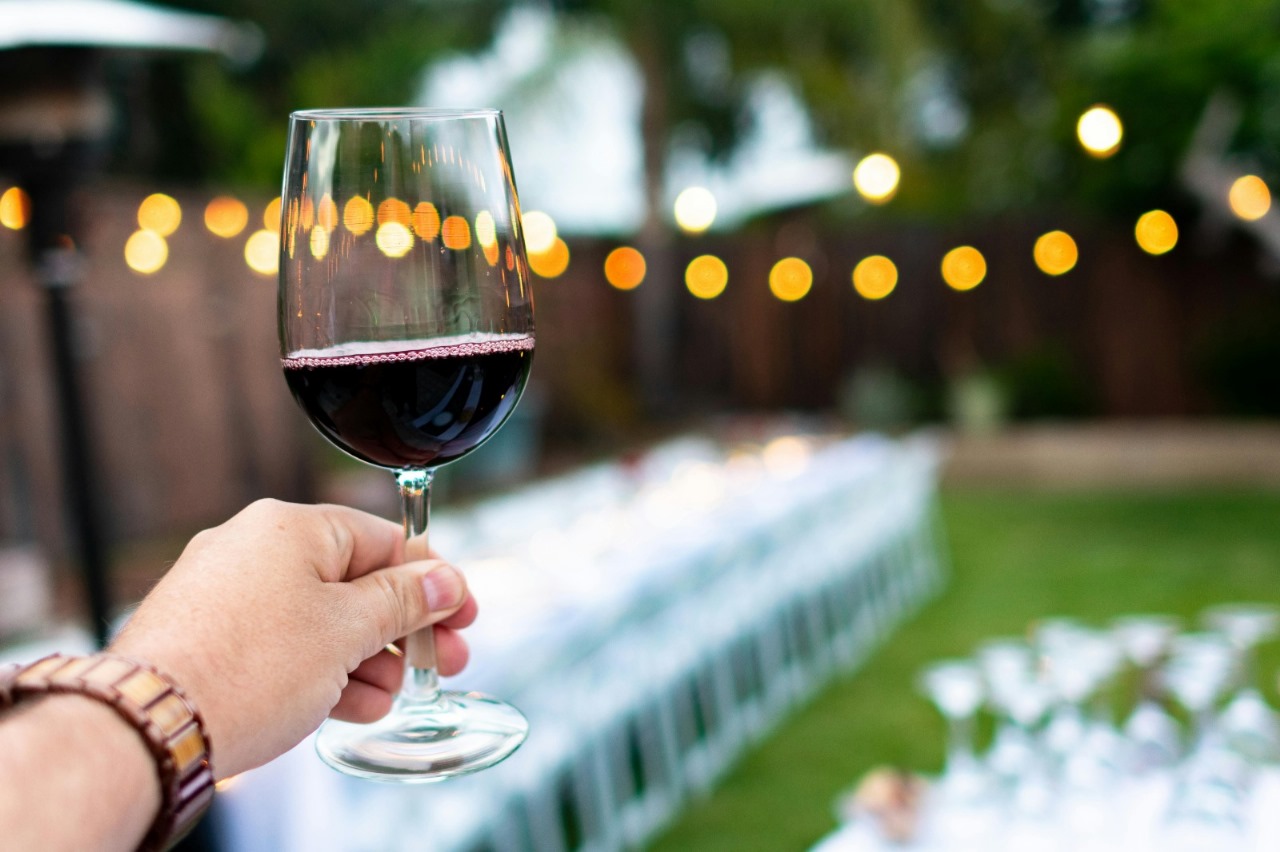Clarksburg, California, may not have the same fame as Napa or Sonoma, but wine lovers know it has something truly special—its unique terroir. Nestled along the Sacramento–San Joaquin Delta, this wine-growing region produces bottles that stand out for their balance, depth, and character. The combination of soil, climate, and winemaking tradition gives clarksburg wines a distinct identity that keeps enthusiasts coming back for more.
The Climate Advantage
One of Clarksburg’s defining features is its Delta-influenced climate. Cool breezes from the waterways moderate the warm Central Valley sun, creating ideal growing conditions for grapes. This balance allows for longer ripening periods, which develop complex flavors without sacrificing acidity. The result? Wines that are fresh, vibrant, and food-friendly.
Rich Alluvial Soils
The soils of Clarksburg are deep, fertile, and alluvial—deposited over centuries by the Sacramento River. These well-drained soils encourage healthy root development and consistent grape quality. This environment is particularly well-suited for varieties like Chenin Blanc, Petite Sirah, Chardonnay, and Tempranillo, each expressing unique flavor profiles tied directly to the land.
Chenin Blanc – The Signature White
If Clarksburg had a signature grape, Chenin Blanc would be it. Here, this varietal produces wines with bright acidity, floral aromas, and notes of stone fruit and honey. Many local wineries have built their reputations on world-class Chenin Blanc, making it a must-try for visitors.
Reds with Character
While whites thrive, Clarksburg reds are equally impressive. Petite Sirah from the region offers bold color, rich berry flavors, and smooth tannins, while Zinfandel, Merlot, and Cabernet Franc benefit from the long growing season, developing ripe fruit notes balanced by refreshing acidity.
A Blend of Tradition and Innovation
Clarksburg winemakers embrace both heritage and experimentation. Generations-old family wineries operate alongside modern producers who aren’t afraid to push boundaries with unique blends, lesser-known varietals, and sustainable farming methods. This balance creates a diverse range of wines while preserving the integrity of the region’s terroir.
Sustainable Winegrowing Practices
Many vineyards in Clarksburg prioritize sustainability, using cover crops, reduced water usage, and organic methods to protect the land for future generations. These practices not only preserve the environment but also enhance the authenticity and purity of the wines.
Tasting the Terroir
The best way to understand Clarksburg’s terroir is through a tasting tour. Visit spots like Bogle Vineyards, Heringer Estates, or Julietta Winery to sample how different winemakers interpret the same growing conditions. You’ll notice subtle variations in style while still recognizing that signature Clarksburg balance.
Conclusion
Clarksburg’s unique terroir is a blend of Delta breezes, fertile soils, and dedicated winemakers who respect the land. The wines here reflect their environment—fresh, flavorful, and full of character. Whether you’re sipping a crisp Chenin Blanc on a sunny afternoon or enjoying a bold Petite Sirah with dinner, you’re tasting more than just wine—you’re experiencing the very essence of Clarksburg. Once you’ve tried it, you’ll understand why this hidden gem deserves a spot in every wine lover’s collection.



